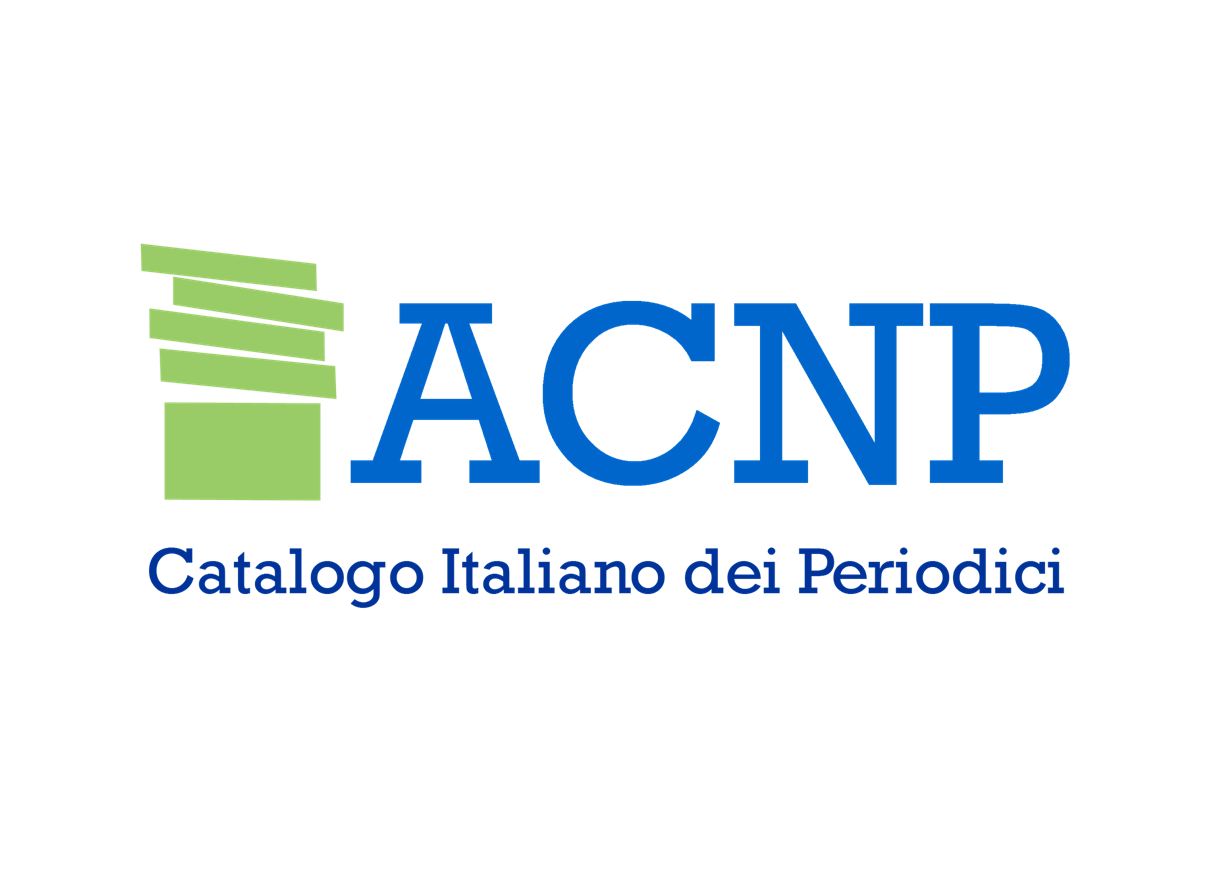Reduced healthcare spending can improve patient health. Outcome of a national survey
DOI:
https://doi.org/10.61007/QdC.2022.2.62Keywords:
health, healthcare companies, healthcareAbstract
In Italy, nephropathic patients on extracorporeal haemodialysis number around 50,000 and, on the basis of the data we will present in this article, only 3,391 of them perform home dialysis. This figure was obtained from the answers to the questionnaire we sent to local health authorities and hospitals throughout Italy.
The results of the survey carried out highlight the urgent need to promote the dissemination of all available methods to enable an increasing number of patients to perform dialysis at home.
References
Brunati, C. et al. (2017), Dialisi domiciliare quotidiana con NxStage System One: analisi dei risultati in una casistica monocentrica italiana, giornale Italiano di Nefrologia - ISSN 1724-5990.
Lentini, P. et al. (2021), Emodialisi domiciliare: una esperienza condivisa, Giornale Italiano di Nefrologia - ISSN 1724-5990.
d’Adamo, G. (2015), Dialisi a casa? Si, grazie, Giornale di Tecniche Nefrologiche e Dialitiche, ISSN 0394-9362, pp. 259-260.
Borman, N. et al. (2016), Favourable biochemical outcomes of frequent hemodialysis at home using the nxstage® system oneTM - the european experience, Nephrology Dialysis Transplantation, Volume 31, Issue suppl_1, May, Page i294. Doi.org/10.1093/ndt/gfw175.39.
Ralli, C. et al. (2016), Storia dell’emodialisi domiciliare e della sua probabile rinascita, G Ital Nefrol; 33 (4) – ISSN 1724-5590, Società Italiana di Nefrologia
Piano nazionale della cronicità (2016) in Accordo tra lo Stato, le Regioni e le Province Autonome di Trento e di Bolzano, 15 settembre 2016, consultato da: http://www.salute.gov.it/imgs/C_17_pubblicazioni_2584_allegato.pdf.
Circolare del Ministero della Salute (2020) in 0014273-23/04/2020-DGPRE-MDS-P, consultato da: https://sinitaly.org/wp-content/uploads/2020/04/MinisteroSalute-NOTA-X-ASSESSORI-prot.pdf.
Delibera della Giunta Regionale del Piemonte (2009), Potenziamento delle cure domiciliari nei pazienti affetti da insufficienza renale terminale con necessità di trattamento dialiticotramite “Contributo economico di sostegno alla Dialisi Domiciliare”, pag. 14 e ss. In:Regione Piemonte-Bollettino ufficiale 43 del 29 ottobre 2009
Downloads
Published
How to Cite
Issue
Section
License
Copyright (c) 2022 Quaderni di comunità

This work is licensed under a Creative Commons Attribution-NonCommercial-NoDerivatives 4.0 International License.







